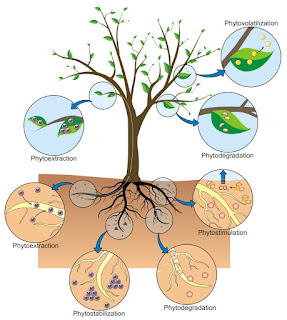Heirloom Tomatos: Taste to Genes
As a tomato-holic, from salad to pizza, and plant biologist, it's obvious for me to write about tomatos in details. The initial question which drove me to find more about tomato was "taste". What makes it atrractive to me and to others tomato-lovers as well as. Let's take an overview on the chemical constituents which bring the taste. It's simple. Just sugars like glucose, fructose, citric acid, malic acids, ascorbic acids, and few volatile compounds. Volatile compounds are important here to consider. These volatile compounds are perceived by our taste bud. But, the concentration of these volatile compounds varies and the perception sensitivity of particular volatile compounds depends on individual. So, in non-scientific conclusion, the same tomato variety will not taste "best" to everyone. Scientifically speaking, individuals' senstivity to specific volatile compounds are dependent on our genetic make up. In addition, to sense a volatile compo...








